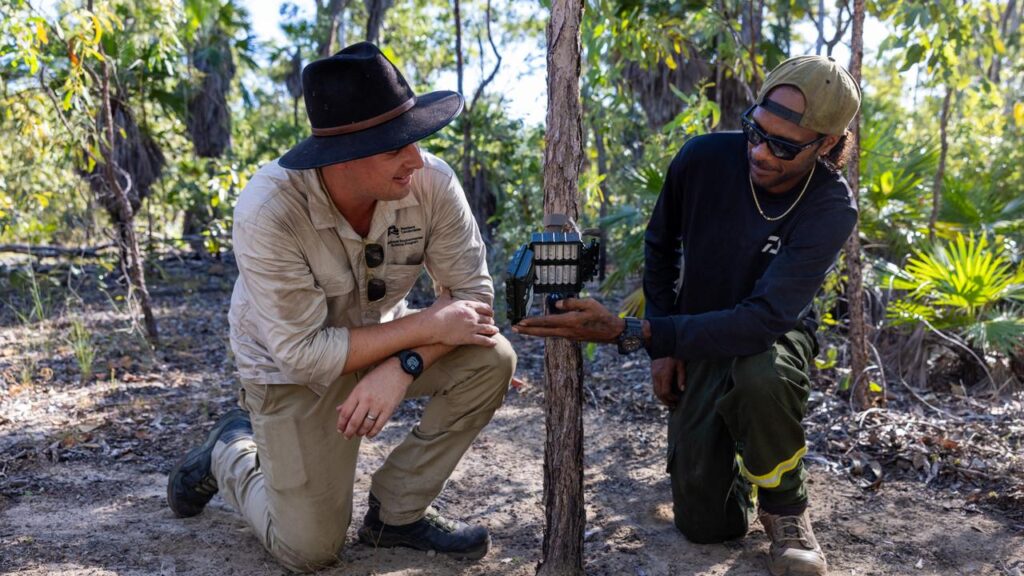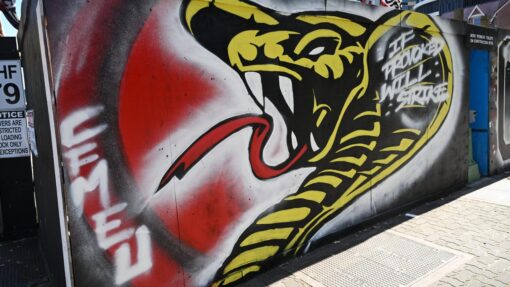Indigenous-led plan sets example in caring for Country
Keira Jenkins |

Kakadu National Park’s natural and ecological diversity, and cultural significance through archaeological sites make the World Heritage-listed area a special place.
For Bininj Mungguy Aboriginal Corporation founder James Morgan, Kakadu’s uniqueness extends beyond the diversity of the bird life and other natural values.
“For me personally, it’s special because of the continuing connection that Aboriginal people – the Bininj/Mungguy people – have in Kakadu and that has been scientifically established to be at least 65,000 years,” he said.
But the same values for which the 20,000 square kilometre national park in the Northern Territory has been World Heritage-listed, are under threat from invasive weeds, feral animals and fires, which impact the natural landscape and culturally significant sites.
Traditional Owners have worked with the Natural Environmental Science Program (NESP), and Parks Australia to develop the Kakadu Research Strategy, setting the agenda for research in the park to address some of these challenges.

“We know a lot about northern Australia from the more than 40 years of research done in Kakadu and there is a wealth of Bininj/Mungguy knowledge to help manage the park,” the program’s resilient landscapes hub leader and University of Western Australia professor Michael Douglas said.
“But responding to new threats, like invasive species and climate change needs new information, and that’s where research is critical.”
The 10-year strategy sets out how Traditional Owners want research to be done, their priorities, and expectations for researchers operating in Kakadu.
Kakadu Traditional Owner and NESP project leader Margaret Rawlinson said being involved in the development of the strategy was an empowering experience.
“We’ve worked really hard together to try and achieve this and it’s actually really happening now,” she said.
“I talk to my mum and everyone on the community and they’re really proud that this is happening, and we feel good.”
Kakadu Traditional Owner and NESP project leader Victor Cooper said he’s looking forward to working to protect Kakadu National Park for future generations.
“A lot of our team leaders, Bininj team leaders, are very proud of that because it all came from the people themselves and how they wanted it done,” he said.
“There’s guidelines and there’s actions we need to follow now on how to make the park run better.”
The Indigenous-led strategy outlines the use of ‘two-way science’, which draws on traditional and western knowledge systems, working with and involving the appropriate Bininj and Mungguy Traditional Owners and considering the local benefits including employment and training opportunities.
It is the first Indigenous-led research strategy for Kakadu National Park, and is hoped to set a new standard for collaboration between Traditional Owners and scientists.
“The Kakadu Research Strategy ensures that by working in partnership with Traditional Owners, we achieve management outcomes that not only look after Country, but value Indigenous knowledge and culture,” Environment Minister Murray Watt said.
AAP


